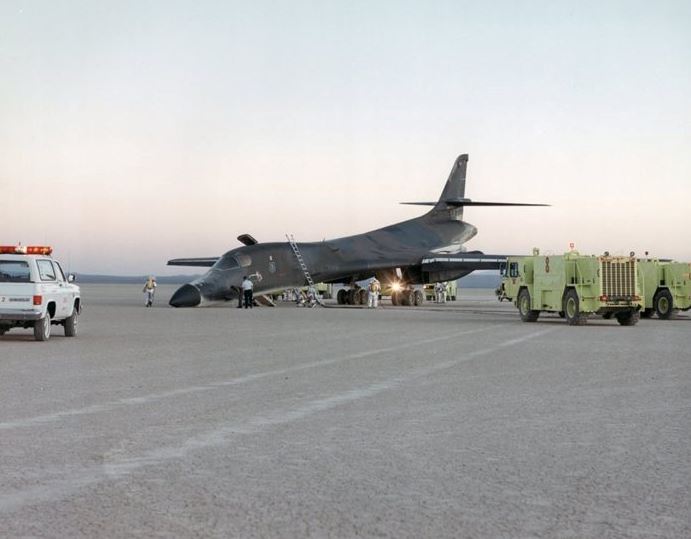

First of all, this concerned the French naval squadrons. Sometimes the crew included one more person - the navigator. The crew consisted of a navigator-bombardier (aka commander), who was sitting in a well-glazed bow cockpit, a pilot and a gunner-radio operator. In general, the aircraft turned out to be very elegant, aerodynamic and light, which provided it with relatively good flight performance. The main landing gear struts are non-flat, with oil-pneumatic shock absorption, they were retracted by turning back into the engine nacelles. The crew members could communicate with each other only via an intercom. For this, they had to abandon the transitions between the cockpits, although this was a clear departure from the American tradition of bomber aircraft. The designers tried to "squeeze" the midship as much as possible in order to reduce aerodynamic drag. The fuselage is a semi-monocoque type of oval cross-section. Structurally "Martin 167" was an all-metal cantilever monoplane with smooth duralumin sheathing of all surfaces, except for rudders and ailerons, sheathed with canvas. The aircraft was designed for use as a light front-line bomber, reconnaissance aircraft and even an attack aircraft.Ĭonstruction.

Martin Company design team led by engineer James S. The copilot was the last one going to the end of the plane while the pilot - after setting the autopilot - used the top turret escape hatch behind his seat (he didn't had to go that far).Martin 167 was developed by the Glenn L. Nevertheless, the question remains what the unused parachute is all about.ītw.: all crew members had to leave the plane through the rear camera hatch (bomb door jammed).

Therefore I assume that the dead copilot was carrying his chute when he was found. Several questioned members of the crew stated that the copilot had not pressed the trigger (all the statements read "he didn't pull the ripcord"). The special thing is that a few months later a farmer of the nearby farmhouse found a packed (unused) parachute in the forrest within the drop area (see sketch). The other opinion is that he was injured when jumping and has lost consciousness. One statement is that the copilot intentionally jumped off without a parachute because he did not want to be captured by German (the bomber was already over Switzerland). My question here was because there are controversial discussions about the death of a crew member of the Jackpine Joe bomber that crashed in Switzerland in 1944. Hello again and thank you for your comments and inputs so far, Stand by to leave via tail gunner's emergency exit.Stand by to leave via main entrance door, or most practical rear exit as occasion demands.Stand by to leave via bomb bay immediately after crew in nose has abandoned airplane.Notify pilot when crew in nose has abandoned the airplane.Stand by emergency exit in nose of airplane.Direct radio operator to send distress message, giving all pertinent information.Clear bomb bay of tanks and bombs, using emergency release handle.Check abandoning of airplane by crew members in nose.Bell signal consists of one long ring on alarm bell. At first alarm all crew members put on parachutes. The bell signal consists of three short rings on alarm bell. Notify crew to stand by to abandon ship.


 0 kommentar(er)
0 kommentar(er)
